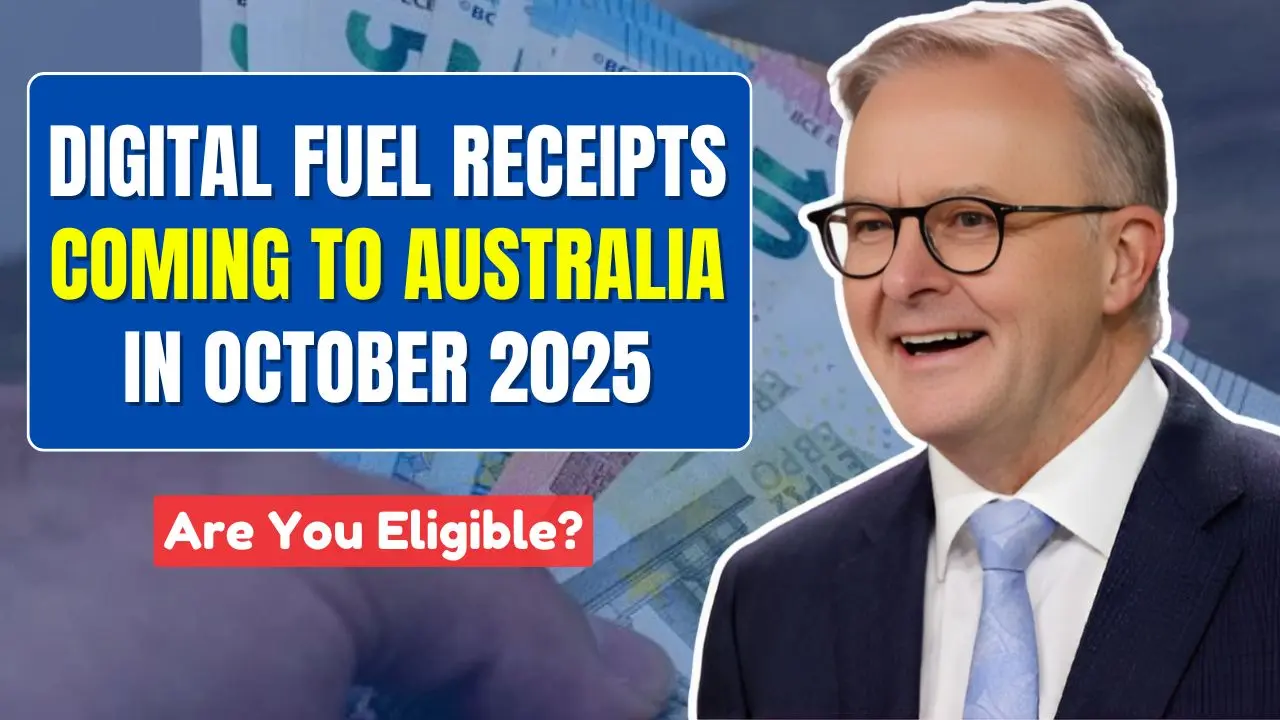From October 2025, Australia will be seeing the introduction of digital fuel receipts nationwide, a means at modernising fuel transactions, improving record-keeping systems, and saving trees. This programme, initiated jointly by the federal government and major fuel retailers, essentially changes the way in which motorists and businesses transacted with petrol stations in various parts of this country.
What Are Digital Fuel Receipts?
Digital fuel receipts are the electronic version of original paper fuel receipts. Instead of printing it at the pump or cashier’s desk, receipts will now be sent by email or mobile SMS or even through a store mobile app, depending on the retailer’s system and buyer’s preference. These receipts will hold exactly the same information as the traditional receipts-the volume of fuel, type, cost, time of purchase, and station particulars-will be delivered instantaneously in a digital format.
It is expected that the receipt system will allow its users to link the receipts into major loyalty programs and fuel station apps so one can track all purchases in real time. For small businesses, it’s a neat tool for ease of reporting fuel expenses while supporting smooth integration with accounting programs.
Why This Change Matters
Fuel receipts are part of what the country considers as going green, are regarded as inconvenient, and are still promoting digital innovation. At present, Australians make use of millions of paper receipts at the petrol pumps every year! This unnecessary wastage is what the government, through this initiative, hopes to curb by encouraging a shift towards digital fuel receipts that will in return reduce both paper consumption and operational costs from the fuel retailers.
Besides the environmental gains, drivers will also find digital receipts much quicker. Whether claiming a business expense or tracking fuel usage for personal budgeting, a digital file is a very worthwhile acquisition.
For the Motorists: How It Will Work
From October 2025, the option of receiving a digital receipt in place of a printed one will be offered to the motorist. Participating service stations will bear prominent signage and give ways to opt-in from the point of payment or via fuel station mobile app. Some chains might even allow users to pre-register their mobile number or e-mail while others may just simply send you a one-time link to download your receipt immediately after you’ve purchased your fuel.
Printed receipts will, however, remain available from retailers on request of anyone who prefers or needs a hard copy, such as the elderly or those without a smartphone, with a long-term view of seeing the majority switch to digital with easy access provided in any case.
Impact on Businesses and Compliance
For businesses which run fleet vehicles or are fuel-heavy operations, digital receipts may offer some salvation. Being easier to store, search and audit data is definitely what gets companies through tax time with much fewer drawbacks. The receipts should also be integrated with MYOB, Xero, and QuickBooks whereby fuel expenditure could be directly uploaded into accounting systems with little manual intervention.
The Australian Taxation Office has confirmed that digital fuel receipts will be deemed acceptable for GST and expense claim purposes, assuming they fit the usual standards for documentation.
Looking Forward
With the looming October 2025 launch date, fuel companies are further upgrading their systems and initiating consumer awareness activities. Early pilot programs in Victoria and New South Wales have yielded excellent results with users rating the experience very highly-most drivers appreciated the simplicity and lack of clutter.
This digitisation of fuel receipts is one aspect of the greater government initiative to take more sectors paperless. It is an idea that embraces a future landscape where convenience, sustainability, and digital infrastructure will collaborate seamlessly to enhance the Australian daily experience.
